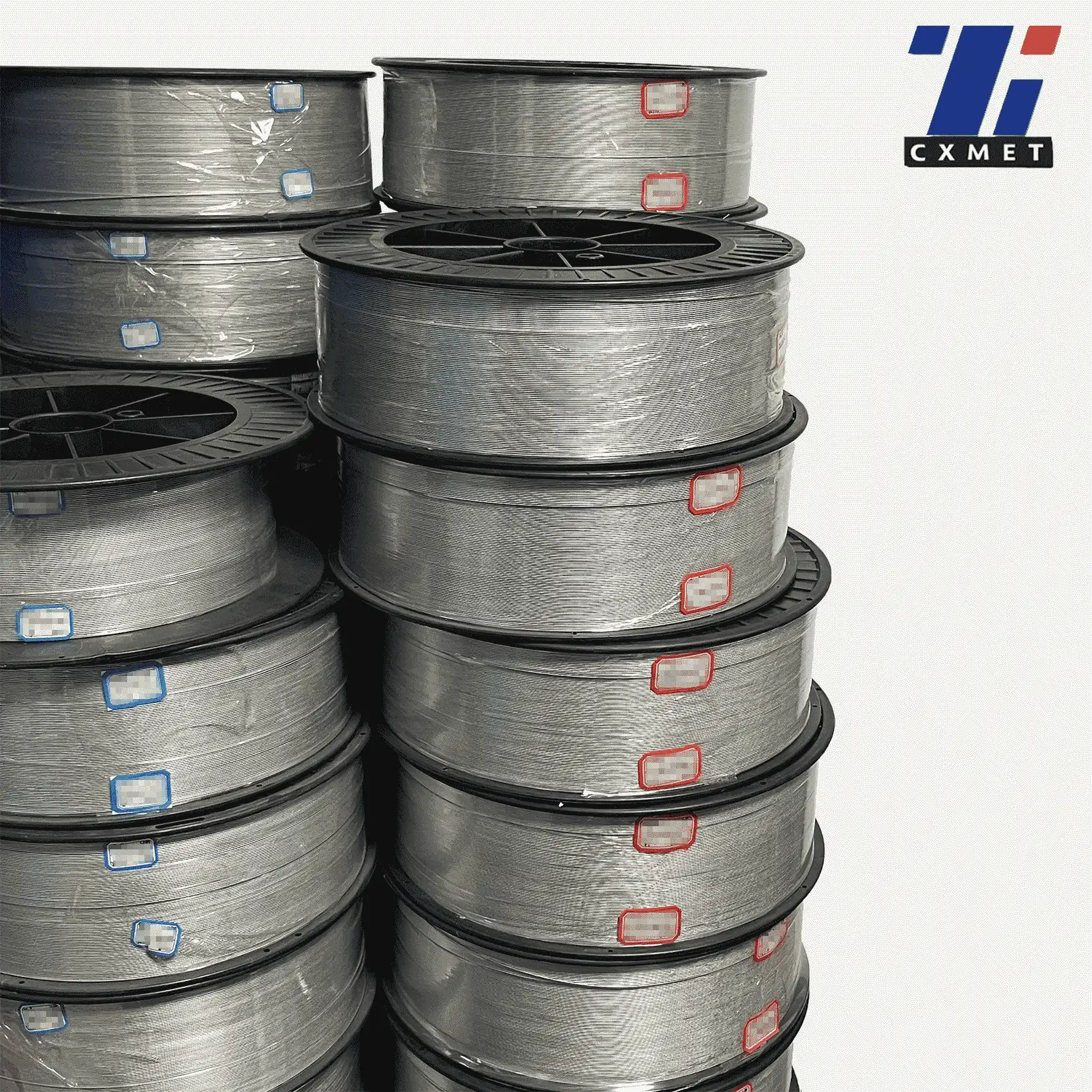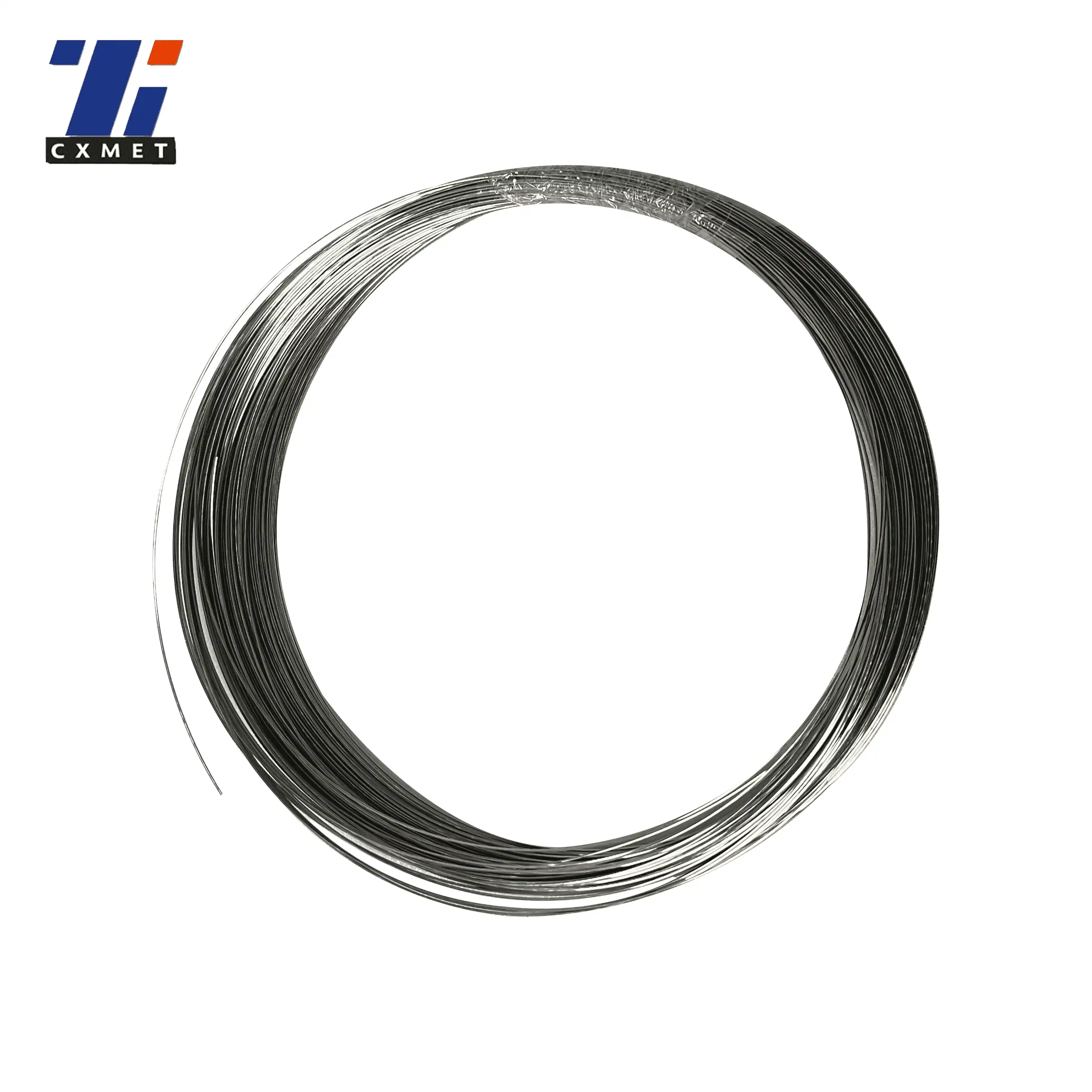- English
- French
- German
- Portuguese
- Spanish
- Russian
- Japanese
- Korean
- Arabic
- Greek
- German
- Turkish
- Italian
- Danish
- Romanian
- Indonesian
- Czech
- Afrikaans
- Swedish
- Polish
- Basque
- Catalan
- Esperanto
- Hindi
- Lao
- Albanian
- Amharic
- Armenian
- Azerbaijani
- Belarusian
- Bengali
- Bosnian
- Bulgarian
- Cebuano
- Chichewa
- Corsican
- Croatian
- Dutch
- Estonian
- Filipino
- Finnish
- Frisian
- Galician
- Georgian
- Gujarati
- Haitian
- Hausa
- Hawaiian
- Hebrew
- Hmong
- Hungarian
- Icelandic
- Igbo
- Javanese
- Kannada
- Kazakh
- Khmer
- Kurdish
- Kyrgyz
- Latin
- Latvian
- Lithuanian
- Luxembou..
- Macedonian
- Malagasy
- Malay
- Malayalam
- Maltese
- Maori
- Marathi
- Mongolian
- Burmese
- Nepali
- Norwegian
- Pashto
- Persian
- Punjabi
- Serbian
- Sesotho
- Sinhala
- Slovak
- Slovenian
- Somali
- Samoan
- Scots Gaelic
- Shona
- Sindhi
- Sundanese
- Swahili
- Tajik
- Tamil
- Telugu
- Thai
- Ukrainian
- Urdu
- Uzbek
- Vietnamese
- Welsh
- Xhosa
- Yiddish
- Yoruba
- Zulu
What Is The Fatigue Resistance Of Gr4 Titanium Wire?
2024-12-31 16:15:21
Gr4 titanium wire is renowned for its exceptional fatigue resistance, making it a popular choice in various industries where long-term durability and reliability are crucial. This high-performance material combines the strength of titanium with specific alloying elements to enhance its mechanical properties, particularly its ability to withstand repeated stress cycles without failure. Understanding the fatigue resistance of Gr4 titanium wire is essential for engineers and designers working on applications that require materials to maintain their structural integrity over extended periods of use.

How does Gr4 titanium wire compare to other grades in terms of fatigue resistance?
When comparing Gr4 titanium wire to other grades of titanium, it's important to consider the unique properties that set it apart. Gr4 titanium is known for its higher strength compared to lower grades like Gr1 and Gr2, while still maintaining excellent corrosion resistance and biocompatibility. In terms of fatigue resistance, Gr4 titanium wire generally outperforms its lower-grade counterparts.
The superior fatigue resistance of Gr4 titanium wire can be attributed to several factors:
- Composition: Gr4 titanium contains slightly higher amounts of oxygen and iron compared to lower grades. This composition contributes to its increased strength and improved fatigue resistance.
- Microstructure: The microstructure of Gr4 titanium is typically fine-grained, which helps distribute stress more evenly throughout the material, reducing the likelihood of fatigue-induced failure.
- Work hardening: During the manufacturing process, Gr4 titanium wire undergoes work hardening, which further enhances its strength and fatigue resistance.
Compared to higher grades like Gr5 (Ti-6Al-4V), Gr4 titanium wire may have slightly lower fatigue resistance. However, it often provides a better balance between strength, ductility, and cost-effectiveness for many applications that don't require the extreme performance of Gr5.
In practical terms, the fatigue resistance of Gr4 titanium wire translates to:
- Longer service life in dynamic loading conditions
- Improved reliability in critical components
- Reduced maintenance requirements and associated costs
- Better performance in applications with cyclic stress, such as springs or medical implants
Engineers and designers must consider the specific requirements of their application when choosing between different grades of titanium wire. While Gr4 offers excellent fatigue resistance, the final selection should be based on a comprehensive analysis of all relevant factors, including required strength, corrosion resistance, and cost considerations.
What factors affect the fatigue resistance of Gr4 titanium wire?
The fatigue resistance of Gr4 titanium wire is influenced by various factors, both inherent to the material and related to its processing and application. Understanding these factors is crucial for optimizing the performance of Gr4 titanium wire in fatigue-critical applications.
Material Composition and Purity:
The specific composition of Gr4 titanium plays a significant role in its fatigue resistance. While the grade specifications provide a range for alloying elements, slight variations within these ranges can affect performance. Higher purity levels generally contribute to better fatigue resistance, as impurities can act as stress concentration points, potentially initiating fatigue cracks.
Microstructure:
The grain size and orientation within the Gr4 titanium wire significantly impact its fatigue resistance. Finer grain structures typically offer better fatigue performance by providing more obstacles to crack propagation. The manufacturing process, including heat treatment and mechanical working, can be optimized to achieve the desired microstructure for enhanced fatigue resistance.
Surface Condition:
The surface quality of Gr4 titanium wire is critical to its fatigue performance. Surface defects, such as scratches, pits, or inclusions, can serve as stress concentrators and fatigue crack initiation sites. Proper surface finishing techniques, such as polishing or shot peening, can improve fatigue resistance by reducing surface irregularities and inducing beneficial compressive stresses in the surface layer.
Environmental Factors:
The operating environment can significantly affect the fatigue resistance of Gr4 titanium wire. Factors to consider include:
- Temperature: Elevated temperatures can reduce fatigue resistance by altering the material's mechanical properties and accelerating oxidation processes.
- Corrosive media: While titanium is generally corrosion-resistant, certain aggressive environments can degrade its fatigue performance over time.
- Humidity: High humidity levels can potentially affect fatigue resistance, especially in conjunction with cyclic loading and certain contaminants.
Loading Conditions:
The nature of the applied stress greatly influences fatigue behavior. Key considerations include:
- Stress amplitude and mean stress
- Frequency of loading cycles
- Presence of stress concentrations due to geometric features
- Multi-axial stress states
Understanding and controlling these factors allows for the optimization of Gr4 titanium wire's fatigue resistance in specific applications. Engineers must consider the interplay between these factors to ensure the long-term reliability of components made from this material.

How can the fatigue resistance of Gr4 titanium wire be improved?
Improving the fatigue resistance of Gr4 titanium wire is a multifaceted approach that involves various techniques and considerations. By implementing these strategies, manufacturers and engineers can enhance the performance and longevity of components made from this material.
Surface Treatments:
One of the most effective ways to improve fatigue resistance is through surface treatments. These methods aim to enhance the surface properties of the wire, creating a more favorable condition for resisting fatigue crack initiation and propagation.
- Shot Peening: This process involves bombarding the surface with small, hard particles, inducing compressive residual stresses in the surface layer. These compressive stresses can significantly improve fatigue resistance by retarding crack initiation and early-stage propagation.
- Laser Shock Peening: A more advanced technique that uses high-energy laser pulses to induce deeper compressive residual stresses compared to conventional shot peening.
- Nitriding: This thermochemical process creates a hard, wear-resistant surface layer by diffusing nitrogen into the titanium. While primarily used for wear resistance, it can also contribute to improved fatigue performance.
- Polishing: Mechanical or electrochemical polishing can remove surface defects and reduce stress concentrations, thereby enhancing fatigue resistance.
Heat Treatment:
Proper heat treatment can optimize the microstructure of Gr4 titanium wire for improved fatigue resistance:
- Stress Relief Annealing: This process can reduce residual stresses from manufacturing, which might otherwise contribute to premature fatigue failure.
- Grain Refinement: Heat treatments that promote a fine-grained structure can enhance fatigue resistance by providing more barriers to crack propagation.
Controlled Processing:
The manufacturing process of Gr4 titanium wire can be optimized to enhance fatigue properties:
- Cold Working: Controlled cold working can introduce beneficial compressive stresses and refine the grain structure, potentially improving fatigue resistance.
- Drawing Process Optimization: Fine-tuning the wire drawing process, including die design and lubrication, can lead to a more uniform microstructure and better surface finish, both contributing to enhanced fatigue performance.
Compositional Control:
While staying within the specifications for Gr4 titanium, minor adjustments to the alloy composition can influence fatigue properties:
- Optimizing oxygen content within the allowable range can balance strength and ductility for improved fatigue resistance.
- Careful control of impurities, particularly those that might form intermetallic compounds, can prevent the formation of fatigue crack initiation sites.
Design Considerations:
While not directly altering the material properties, proper design can significantly impact the fatigue life of components made from Gr4 titanium wire:
- Avoiding sharp corners and sudden changes in cross-section that can act as stress concentrators.
- Implementing design features that distribute stress more evenly throughout the component.
- Using computer-aided engineering tools, such as finite element analysis, to optimize designs for fatigue resistance.
Environmental Protection:
Protecting Gr4 titanium wire from environmental factors that could degrade its fatigue performance:
- Applying protective coatings to shield the wire from corrosive or oxidizing environments.
- Implementing proper storage and handling procedures to prevent surface damage or contamination.
By combining these strategies, manufacturers and engineers can significantly enhance the fatigue resistance of Gr4 titanium wire. The specific approach should be tailored to the particular application and operating conditions of the component. It's important to note that while these methods can improve fatigue resistance, they may also affect other properties of the wire, such as ductility or electrical conductivity. Therefore, a holistic approach considering all relevant material properties and application requirements is essential when implementing fatigue resistance improvements.
At SHAANXI CXMET TECHNOLOGY CO., LTD, we take pride in our extensive product range, which caters to diverse customer needs. Our company is equipped with outstanding production and processing capabilities, ensuring the high quality and precision of our products. We are committed to innovation and continuously strive to develop new products, keeping us at the forefront of our industry. With leading technological development capabilities, we are able to adapt and evolve in a rapidly changing market. Furthermore, we offer customized solutions to meet the specific requirements of our clients. If you are interested in our products or wish to learn more about the intricate details of our offerings, please do not hesitate to contact us at sales@cxmet.com. Our team is always ready to assist you.

References
- ASM International. (2015). ASM Handbook, Volume 19: Fatigue and Fracture.
- Lutjering, G., & Williams, J. C. (2007). Titanium (2nd ed.). Springer-Verlag Berlin Heidelberg.
- Donachie, M. J. (2000). Titanium: A Technical Guide (2nd ed.). ASM International.
- Nalla, R. K., Altenberger, I., Noster, U., Liu, G. Y., Scholtes, B., & Ritchie, R. O. (2003). On the influence of mechanical surface treatments on the fatigue behavior of Ti-6Al-4V. Materials Science and Engineering: A, 355(1-2), 216-230.
- Wagner, L. (1999). Mechanical surface treatments on titanium, aluminum and magnesium alloys. Materials Science and Engineering: A, 263(2), 210-216.
- Veiga, C., Davim, J. P., & Loureiro, A. J. R. (2012). Properties and applications of titanium alloys: A brief review. Reviews on Advanced Materials Science, 32(2), 133-148.
- Peters, M., Kumpfert, J., Ward, C. H., & Leyens, C. (2003). Titanium alloys for aerospace applications. Advanced Engineering Materials, 5(6), 419-427.
- Rack, H. J., & Qazi, J. I. (2006). Titanium alloys for biomedical applications. Materials Science and Engineering: C, 26(8), 1269-1277.
- Niinomi, M. (1998). Mechanical properties of biomedical titanium alloys. Materials Science and Engineering: A, 243(1-2), 231-236.
- Boyer, R. R. (1996). An overview on the use of titanium in the aerospace industry. Materials Science and Engineering: A, 213(1-2), 103-114.
YOU MAY LIKE